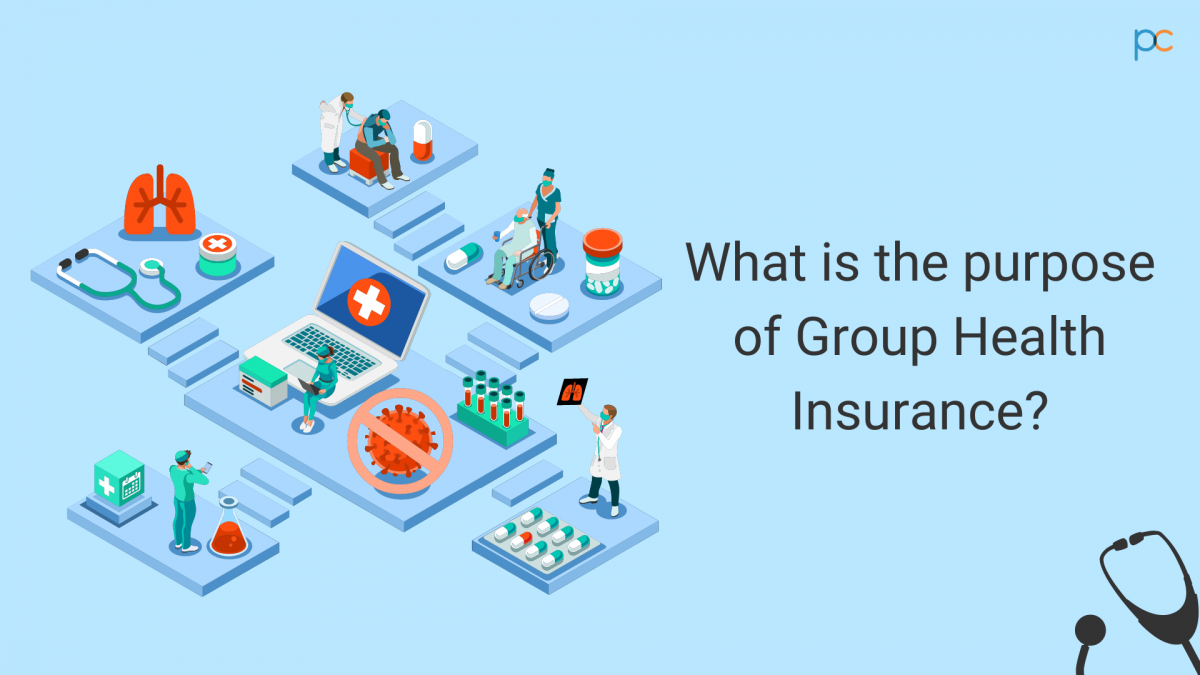What Does Pacific Prime Mean?
What Does Pacific Prime Mean?
Blog Article
More About Pacific Prime
Table of ContentsSome Known Details About Pacific Prime 8 Easy Facts About Pacific Prime ExplainedThings about Pacific PrimePacific Prime Things To Know Before You Buy7 Easy Facts About Pacific Prime Shown

This is since the information were collected for a duration of solid economic performance. Of the approximated 42 million individuals who were uninsured, all yet about 420,000 (regarding 1 percent) were under 65 years old, the age at which most Americans come to be eligible for Medicare; 32 million were adults in between ages 18 and 65, around 19 percent of all adults in this age; and 10 million were youngsters under 18 years of age, regarding 13.9 percent of all kids (Mills, 2000).
These price quotes of the number of persons without insurance are created from the annual March Supplement to the Existing Population Study (CPS), carried out by the Census Bureau. Unless otherwise kept in mind, nationwide quotes of people without medical insurance and proportions of the population with various kinds of insurance coverage are based on the CPS, one of the most commonly used source of price quotes of insurance protection and uninsurance prices.
A Biased View of Pacific Prime

Still, the CPS is particularly helpful because it creates yearly price quotes reasonably quickly, reporting the previous year's insurance coverage approximates each September, and since it is the basis for a regular collection of price quotes for greater than 20 years, permitting evaluation of fads in protection gradually. For these reasons, in addition to the substantial usage of the CPS in other research studies of insurance protection that exist in this record, we rely on CPS quotes, with constraints kept in mind.

The quote of the number of without insurance people increases when a population's insurance coverage condition is tracked for numerous years. Over a three-year period beginning early in 1993, 72 million individuals, 29 percent of the U.S. https://yoomark.com/content/we-are-award-winning-insurance-intermediary-choice-simplifying-world-insurance-help-you-find. populace, were without coverage for at the very least one month. Within a single year (1994 ), 53 million people experienced at the very least a month without protection (Bennefield, 1998a)
Six out of every 10 uninsured adults are themselves used. Although working does go improve the chance that and one's family participants will certainly have insurance, it is not a guarantee. Even members of family members with 2 full-time wage income earners have nearly a one-in-ten opportunity of being without insurance (9.1 percent uninsured price) (Hoffman and Pohl, 2000).
Fascination About Pacific Prime
New immigrants make up a substantial percentage of individuals without medical insurance. One analysis has connected a considerable portion of the recent development in the dimension of the U.S. uninsured population to immigrants that got here in the nation in between 1994 and 1998 (Camarota and Edwards, 2000). Recent immigrants (those who concerned the United States within the previous 4 years) do have a high price of being without insurance (46 percent), yet they and their children represent just 6 percent of those without insurance policy nationally (Holahan et al., 2001).
The relationship between medical insurance and accessibility to care is well developed, as recorded later on in this phase. The relationship between health and wellness insurance policy and wellness end results is neither straight neither simple, a considerable medical and health and wellness solutions study literary works links health insurance protection to better access to care, better top quality, and enhanced personal and population wellness standing.
Levels of analysis for analyzing the results of uninsurance. It concentrates specifically on those without any kind of wellness insurance for any kind of size of time.
Pacific Prime for Dummies
The issues encountered by the underinsured are in some aspects similar to those faced by the uninsured, although they are generally much less extreme. international travel insurance. Uninsurance and underinsurance, nonetheless, include noticeably various plan concerns, and the approaches for resolving them may differ. Throughout this research study and the 5 reports to follow, the primary focus gets on persons without any medical insurance and therefore no support in paying for healthcare past what is readily available with charity and security net organizations
Medical insurance is a powerful variable influencing invoice of treatment since both patients and physicians reply to the out-of-pocket rate of services - https://www.domestika.org/en/pacificpr1me. Medical insurance, nonetheless, is neither required nor sufficient to get to clinical services. Nonetheless, the independent and straight effect of medical insurance coverage on accessibility to wellness solutions is well established.
Others will acquire the health treatment they need also without medical insurance, by spending for it out of pocket or seeking it from service providers who use care free or at extremely subsidized rates. For still others, health and wellness insurance alone does not guarantee receipt of treatment due to other nonfinancial barriers, such as an absence of healthcare providers in their area, limited accessibility to transportation, illiteracy, or etymological and cultural distinctions.
4 Easy Facts About Pacific Prime Explained
Formal research regarding uninsured populations in the USA dates to the late 1920s and very early 1930s when the Committee on the Expense of Treatment generated a series of records about financing physician office check outs and hospital stays. This issue came to be prominent as the varieties of clinically indigent climbed throughout the Great Clinical depression.
Report this page